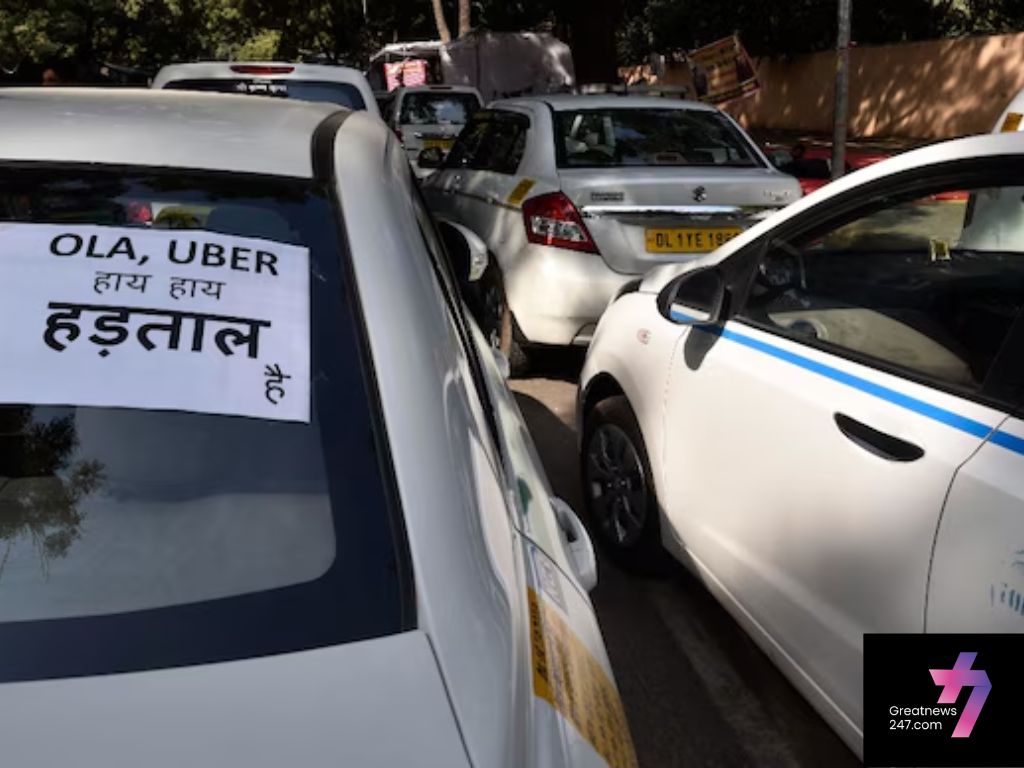Why Auto-Taxi Drivers Are Furious with Uber and Ola But Not Rapido
In recent months, auto-taxi drivers across various cities have expressed significant frustration towards ride-hailing giants Uber and Ola. This unrest contrasts sharply with their relatively warmer reception towards Rapido, a competitor in the ride-hailing space. Understanding the reasons behind this divide requires delving into the specific grievances drivers have with Uber and Ola and the differences in how Rapido operates.
Background of the Frustration
Auto-taxi drivers have long been integral to urban transport systems, providing essential services to millions of passengers. The advent of ride-hailing apps like Uber and Ola revolutionized the transportation industry, offering convenience and competitive pricing. However, these benefits have not come without their challenges. Drivers have voiced several concerns about their working conditions, compensation, and operational practices concerning Uber and Ola.
Grievances Against Uber and Ola
1. Low Earnings and High Commission: One of the primary issues raised by drivers is the low earnings in relation to the high commissions charged by Uber and Ola. Drivers argue that the substantial commission percentages deducted from their fares significantly reduce their take-home pay. This has led to dissatisfaction as drivers feel that their hard work is not adequately rewarded.
2. Inconsistent Fares: Uber and Ola use dynamic pricing models that adjust fares based on demand and supply. While this can lead to higher earnings during peak times, it also means that drivers face unpredictable earnings. Additionally, drivers often struggle with fare disputes and cancellations, which further complicate their financial stability.
3. Operational Policies: Drivers have criticized the operational policies of Uber and Ola, including the deactivation of accounts for minor infractions and lack of transparency in fare calculations. The lack of effective grievance redressal mechanisms has left many drivers feeling unsupported and exploited.
4. Competition and Saturation: The aggressive expansion and market saturation strategies employed by Uber and Ola have led to increased competition among drivers. This competition drives down earnings and makes it difficult for drivers to secure consistent work, exacerbating their dissatisfaction.
Rapido’s Approach
In contrast to Uber and Ola, Rapido operates with a different model that has earned it a more favorable reception among auto-taxi drivers:
1. Focus on Auto-Rickshaw: Unlike Uber and Ola, which primarily cater to taxis and private cars, Rapido focuses on auto-rickshaws. This specialization has helped it carve out a niche market, reducing direct competition with traditional taxi services and addressing the specific needs of auto-rickshaw drivers.
2. Lower Commission Rates: Rapido is known for its lower commission rates compared to Uber and Ola. This means that drivers take home a larger portion of their earnings, which significantly improves their financial situation. The more favorable commission structure is a key factor in the positive sentiment towards Rapido.
3. Simplified Fare Structure: Rapido’s fare structure tends to be simpler and more transparent. This reduces confusion and disputes over fare calculations, leading to greater driver satisfaction. Additionally, Rapido has been noted for its supportive policies and efforts to address driver grievances more effectively.
4. Operational Flexibility: Rapido offers operational flexibility that benefits auto-rickshaw drivers. For instance, drivers have greater control over their working hours and routes, which can lead to a better work-life balance and improved earnings.
Impact on Driver Sentiment
1. Economic Relief: The more favorable commission rates and transparent fare structure offered by Rapido provide tangible economic relief to drivers. This financial benefit translates into higher satisfaction levels and a more positive perception of the platform.
2. Reduced Stress: The simpler operational model and lower competition pressure from Rapido reduce the stress associated with working in the highly competitive ride-hailing market. This contributes to a more favorable view of Rapido among auto-taxi drivers.
3. Community Support: Rapido’s efforts to support and engage with the auto-rickshaw driver community have further strengthened its positive reputation. Drivers appreciate the platform’s focus on their specific needs and its efforts to address their concerns.
Conclusion
The frustration of auto-taxi drivers with Uber and Ola, contrasted with their more favorable view of Rapido, highlights significant differences in operational models, commission structures, and support systems. While Uber and Ola face criticism for high commissions, inconsistent fares, and competitive pressures, Rapido’s focus on auto-rickshaws, lower commission rates, and simplified fare structure offer a more supportive environment for drivers. Understanding these dynamics is crucial for appreciating the complexities of the ride-hailing market and the diverse needs of its participants.

